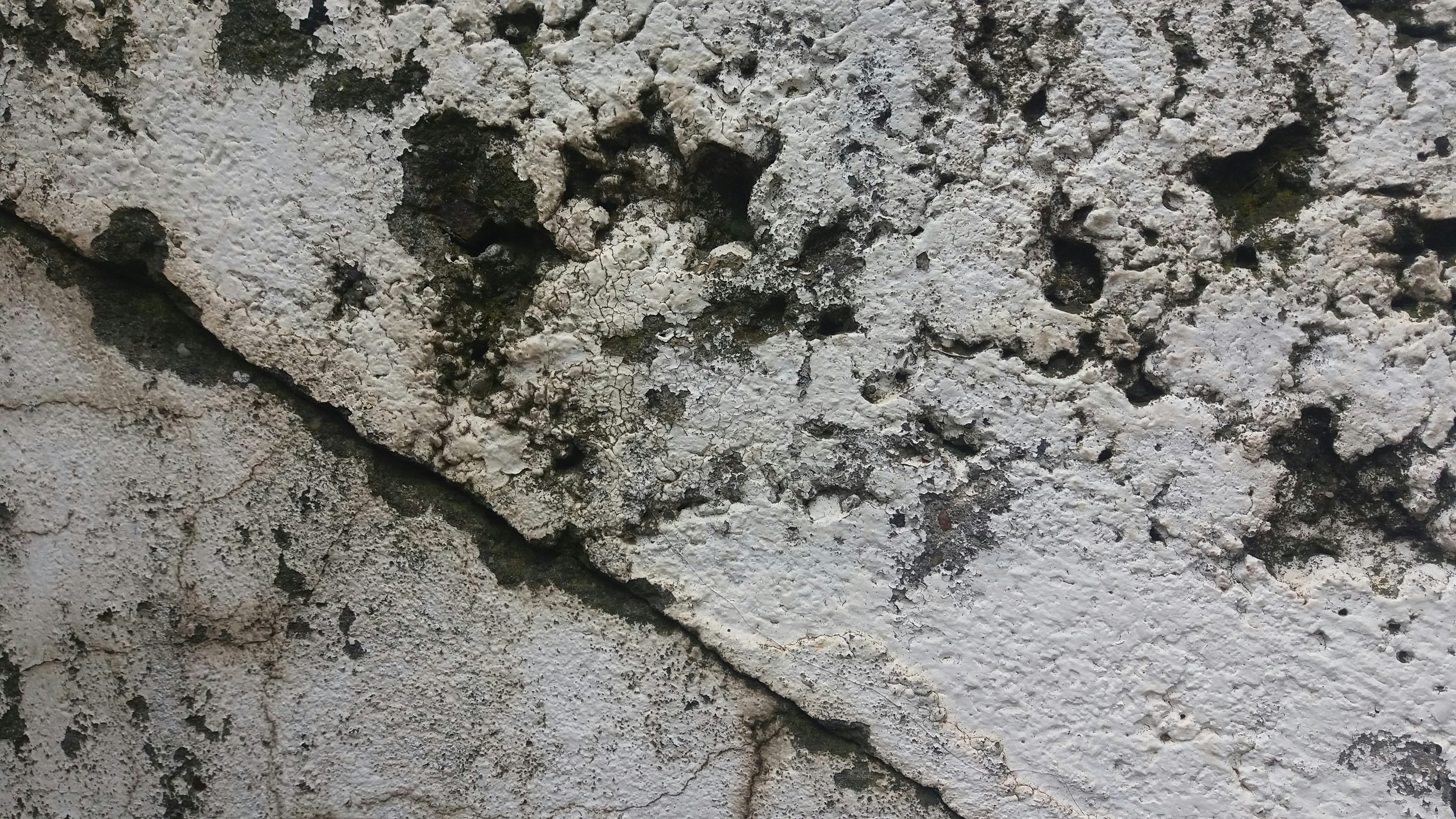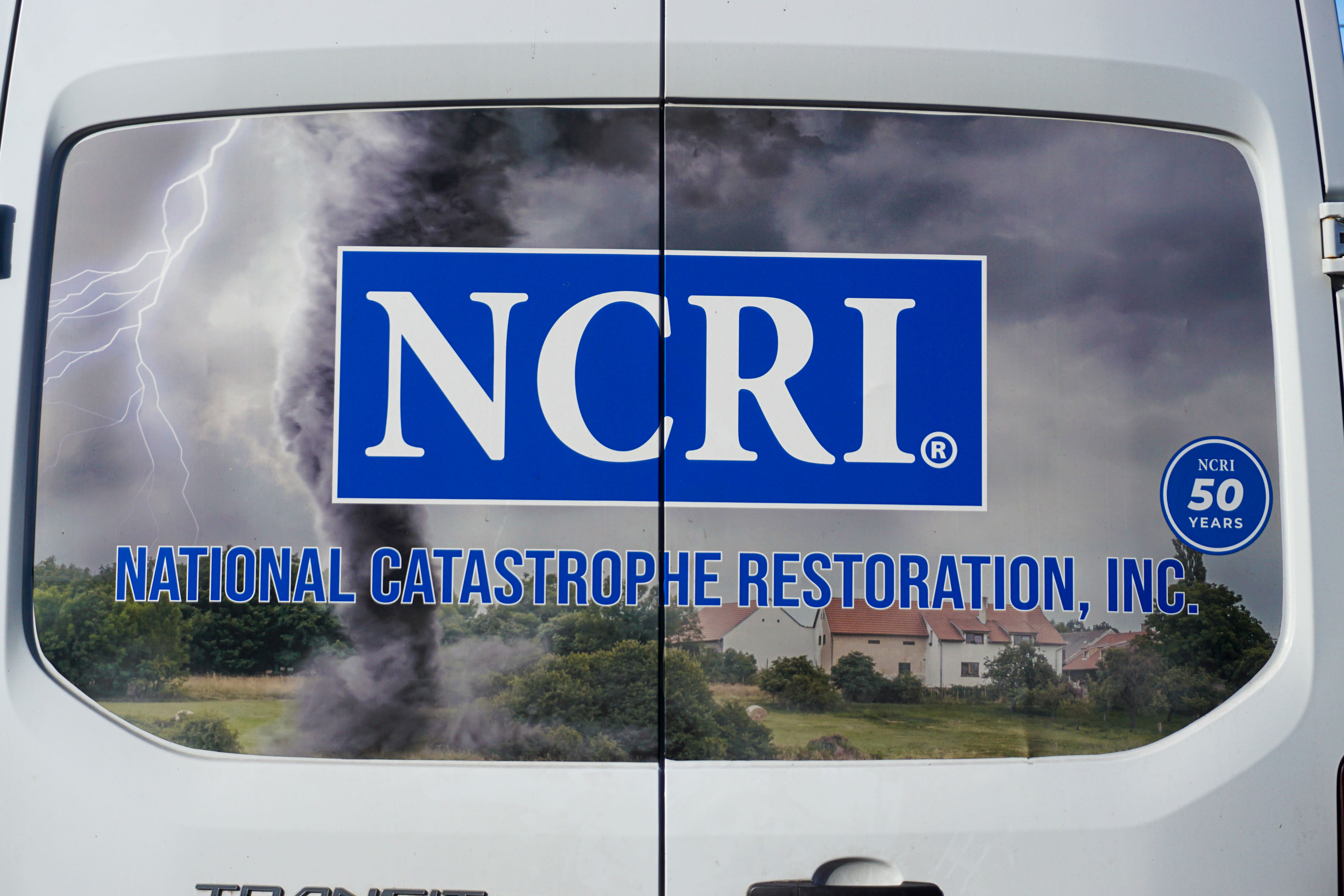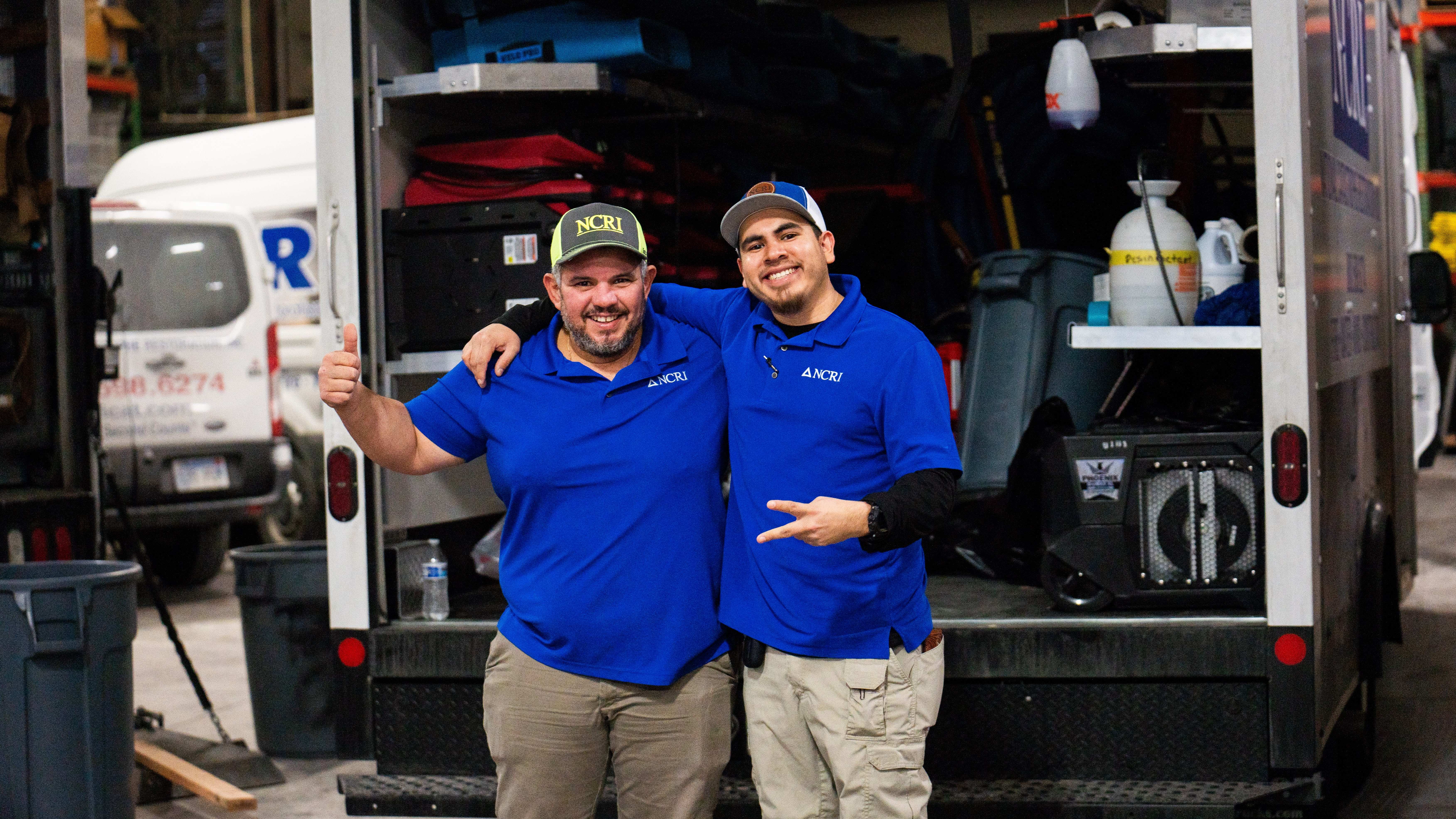Mold in Commercial Buildings, Prevention Through Moisture Management

Introduction
Mold is one of the most persistent challenges after water damage and one of the costliest for commercial property owners. The key to prevention isn’t bleach or surface cleaning; it’s moisture management.
NCRI’s moisture-control strategy combines technology, building science, and experience to stop mold before it starts.
Why Mold Forms in Commercial Spaces
Mold thrives when three factors combine: moisture, organic material, and time. Common sources include:
- Leaking roofs or windows
- Poor HVAC drainage
- Unnoticed plumbing issues
- Incomplete post-flood drying
Even a small leak can trigger widespread contamination behind walls and under floors if not handled quickly.
NCRI’s Moisture Management Process
- Comprehensive Inspection
We use thermal imaging cameras and hygrometers to locate hidden moisture pockets. - Industrial Drying Systems
High-capacity dehumidifiers and air movers create controlled drying environments. - Humidity Monitoring
Continuous digital tracking ensures moisture levels return to safe parameters. - Preventive Maintenance Plans
NCRI offers ongoing inspections for property managers to catch issues early.
Long-Term Benefits for Facility Owners
- Protects structural integrity
- Maintains indoor air quality
- Reduces health complaints from occupants
- Avoids costly remediation and downtime
FAQs
Q1: How quickly can mold start growing?
Within 24–48 hours after water exposure which is why immediate drying is critical.
Q2: Can NCRI test air quality for mold spores?
Yes. We provide full indoor air testing and reporting for commercial environments.
Q3: What’s the best way to prevent future outbreaks?
Routine moisture inspections and maintenance, especially after storms or plumbing repairs.




.jpg)



